The Clayton pulps offered a range of genres to the casual reader – western, detective and science-fiction. In this article, he lays out the policies of his magazines.
Writer’s Digest, April 1930
MAGAZINE policies are elusive things at best. Statements of them are necessarily sketchy. At best one can give only the highlights of the many ramifications of the viewpoint from which stories are judged. There is some worth for an author in studying various issues of any magazine for which he desires to write. Knowing and fully realizing these things, the Clayton Magazines, at 80 Lafayette Street, New York, have established for themselves an enviable reputation for working with authors who show promise. This is not pure altruism. We realize that better stories mean larger audiences. Yet better stories mean better rates for our authors as they progress.
It is only fair to state here that we do not pamper any authors. The rejection slip has its place of importance with the carefully thought out letter of criticism. Nor are the editors infallible.
New writers continually must be filling the gaps in the ranks of older ones. We present herewith terse statements of our various editorial policies.
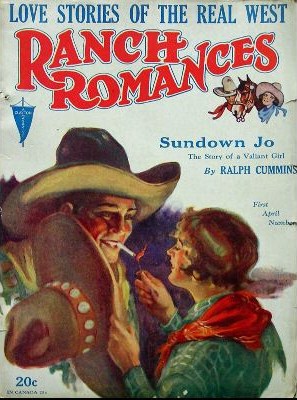
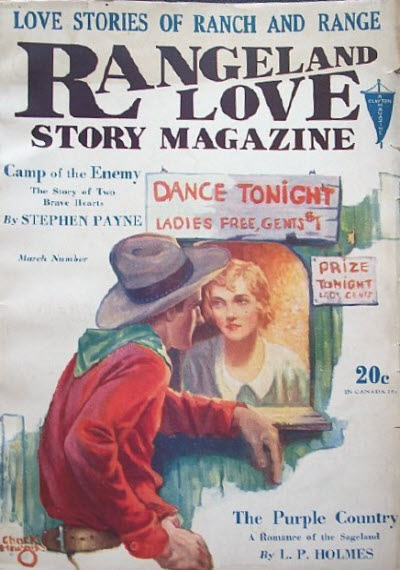
Ranch Romances and Rangeland Love Story Magazine both take the romantic Western type of Story. Both want physical action, and both want the love interest to play a prominent part in the story. Furthermore. each of these magazines uses only material laid in the cattle country of the West.
However, Ranch Romances takes a more varied assortment of material. That is, it occasionally includes a short mining yarn, a Canadian Mounted story, and once in a great while a story of the Northwest. These, however, are the exceptions rather than the general rule. Rangeland Love Story Magazine, on the other hand, sticks closely to the cow- country story.
These two magazines want the ideal type of cowboy as hero; and both require that the heroine play a vigorous, but not too rough a role, in the story.
Ranch Romances is published every other week, and uses short stories from 4000 to 9000 words, novelettes from 14,000 to 18,000, novels from 30.000 to 35,000. and serials from 60,000 to 70,000 words. Rangeland Love Story Magazine is published once a month, and uses short stories from 5000 to 10,000 words, novels from 30,000 to 35,000 and serials from 40,000 to 60,000 words.
The editor of this group is Fanny Ellsworth.
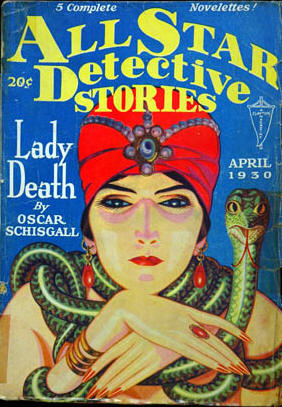
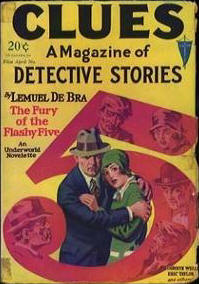
Clues is a detective story magazine that uses almost every kind of crime and mystery story except hose wherein the supernatural, pseudo-scientific or fantastic plays a part. The purely deductive (by which is meant the deductive solution of a crime, especially murder) and the crime-adventure (by which is meant the general event-building of a mystery) may be called the two chief heads in regard to type. Stories coming under the latter head may be stories of confidence games, Chinatown, the Secret Service, prison and whatnot. Love, lightly treated, may play a part in novelettes, though rarely in shorts. Humorous shorts are quite acceptable. Settings should be in America.
Novelettes should be from 20,000 to 30,000 words; shorts from 3000 to 6000. The preferred length for serials is around 50,000 words, representing stories in four parts; however, book-lengths, around 65,000 words, are also used. Clues is published twice a month.
All Star Detective Stories wants mystery novelettes between 10,000 and 20,000 words (preferably around 15,000) on the “thriller” order. By “thriller” is meant that type of mystery or crime story which has out-of- the-ordinary situations and characters, and fast movement with frequent “curtains” at the end of chapters. Everything, however, must be made to seem real and natural, in spite of the latitude allowed by having unusual people and events. The purely deductive type of story is not wanted. A touch of love interest is desirable. This magazine is published once a month.
The editor of this group is Carl Happel.

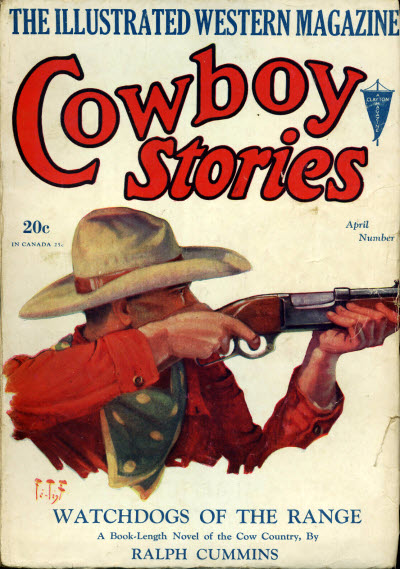
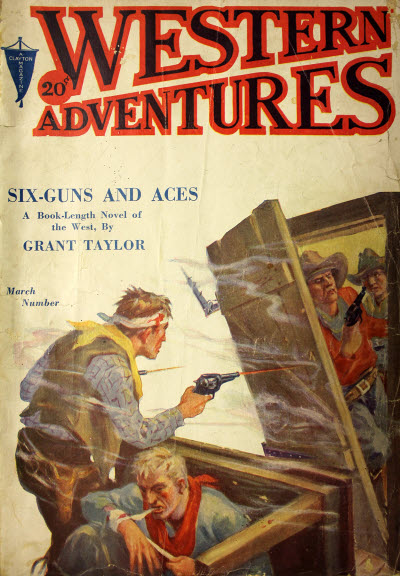
A better idea of the policy of Ace-High and of Cowboy Stories can be had by considering them in contrast. Ace-High uses the whole of the Western action theme, plus the northwest theme and the sports theme in short stories. Cowboy Stories is particularly devoted to the active life and work of the cowboy. Both magazines want stories that have in them a lot of physical action—Ace-High more than Cowboy Stories—have good strong logical plots, in which there are no Indians and in which woman interest or love interest is subsidiary. The two magazines may use material dealing with any part of the old West or the new West, but all such Western material should be so written that the story sounds as though it is or could be occurring today. Short stories for Ace-High run from 3500 to 7500 words in length; for Cowboy Stories, 3500 to 6000 words. Novels for Ace-High and Cowboy Stories should be 35,000 words long. Serials for Ace-High should be 65,000 words long, and divided as follows into six installments of 18,000, 16,000. 11,000, 9000, 7000 and 4000 words respectively. Cowboy Stories does not use serials. Ace-High is published every other week. Cowboy Stories is published once a month.
Western Adventures is a general Western magazine, published every other month, which is not now in the market for material.
The editor of this group is H. A. McComas.
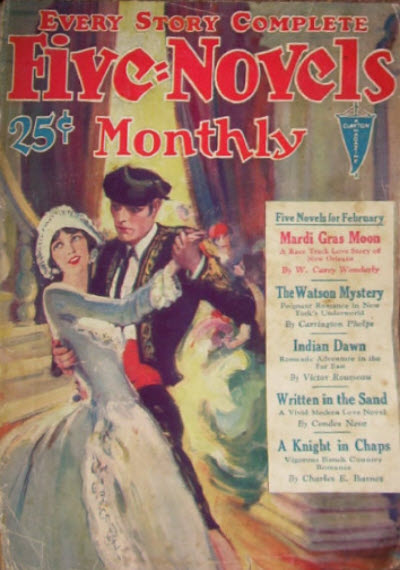
Five-Novels Monthly is in the market for adventure, mystery, romance, sport and Western novelettes of approximately 25,000 words. Whereas the story need not necessarily be told from the girl’s point of view, it is essential that the love interest be paramount; the girl must be important in the solving of the problem. We use the more sophisticated type of love story, with vivid modem settings and situations, but we are not interested in the sex story or the stark realistic story. The straight action yarn is also barred. When the settings are foreign, we prefer the leading characters to be American.
The editor is John Burr.
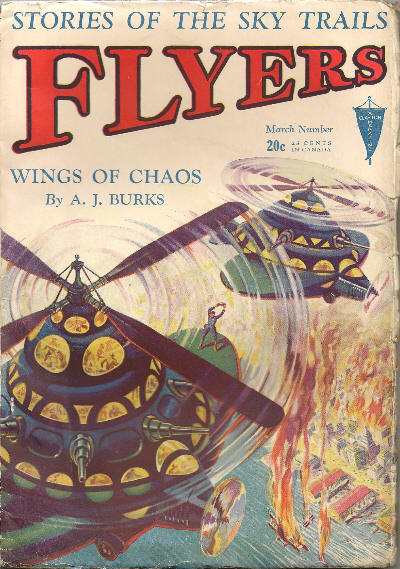
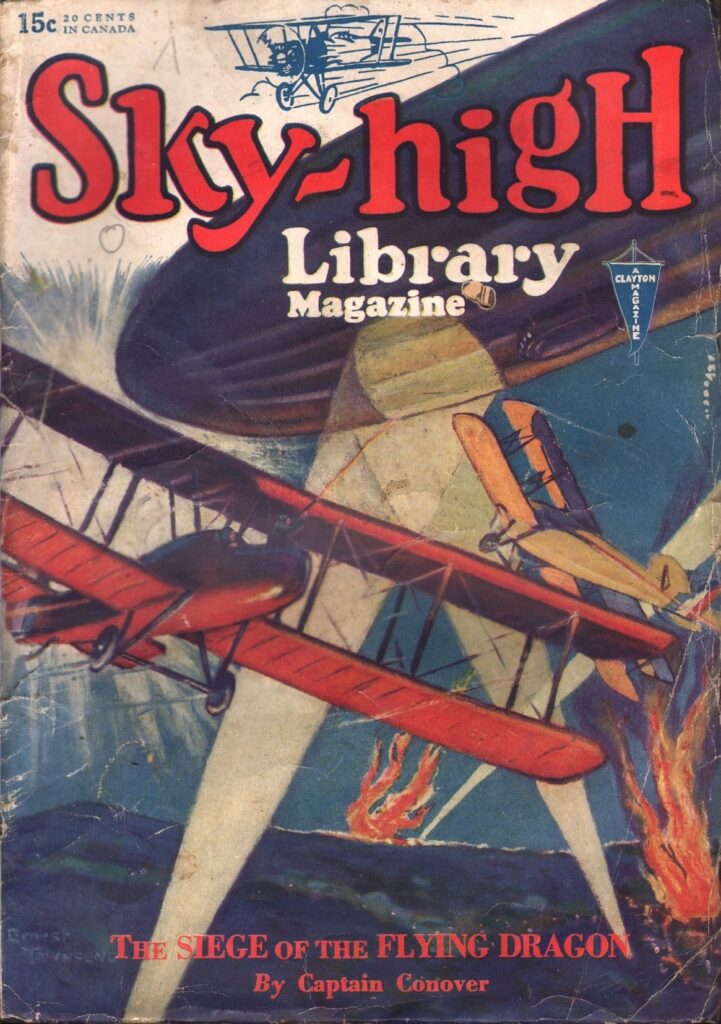
Flyers uses air stories. Its serials are run in four parts. It publishes 25,000-word novels and short stories up to 6000 words in length. It is well supplied with material at the present time and consequently is buying very little. It is published once a month.
Sky-High Library Magazine is an air magazine with juvenile appeal. It publishes one 25,000-word navel and some short articles in each issue. The novel contains the same group of characters in each issue and the stories are written on assignment. It does not offer an open market for material at the present time. It is published every other month.
The editor of this group is Allan K. Echols.
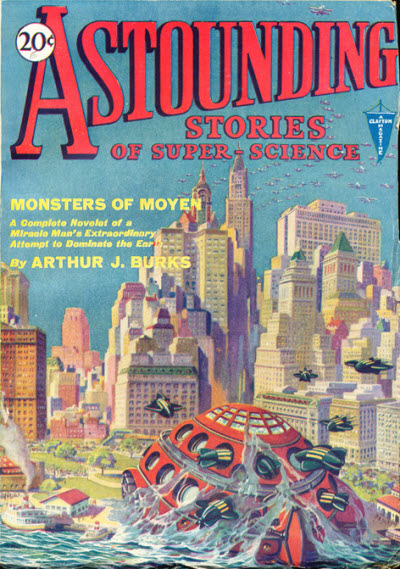
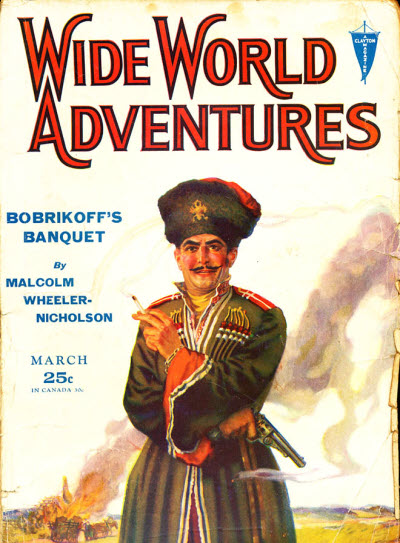
Wide World Adventures is a magazine of the adventure type, with stories, therefore, in which there is a good bit of fast-moving and exciting physical action—as much as is consistent with plots not too melodramatic and improbable. Our type scale is very broad, for we are now taking not only stories of pure adventure laid on the far-flung frontiers of the world, but Westerns, detective-adventure, mystery-romance. In most of them the love element will be used sparingly; preferably not at all. We are avoiding war stuff. It is required that all our stories have a good plot, action, conflict, suspense and human interest appeal. Shorts should be anywhere up to 8000 words in length; novelettes around 25,000. We use no serials.
Astounding Stories is looking for material that will interest the readers who enjoy good stories laid in the present or future time and in which marvelous scientific devices yet to be actually invented play an important part. Much of the material we must have therefore will be akin to that written in the past by Jules Verne and H. G. Wells—such as stories dealing with invisibility, time machines, earth invasions, interplanetary adventures, the fourth dimension, and so forth.
Our requirements differ from those of other pseudo-scientific magazines in that they call for material that is not overweighted with scientific explanations to such an extent that the story itself suffers. In Astounding Stories, story values—plot, physical action, conflict, suspense, human interest, a hero and heroine to sympathize with and a villain to dislike—are equal in importance to the accuracy and convincingness of the science that underlies the story. We are especially looking for good interplanetary shorts.
Our shorts must be within 10,000 words; novelettes between 20,000 and 35,000; serials in three or four parts of about 45,000 and 60,000 words respectively, 20,000 words being the ideal length of the first installment, 10,000 words of the last installment, and 15,000 of all installments between.
These two magazines are published once a month.
The editor of this group is Harry Bates.
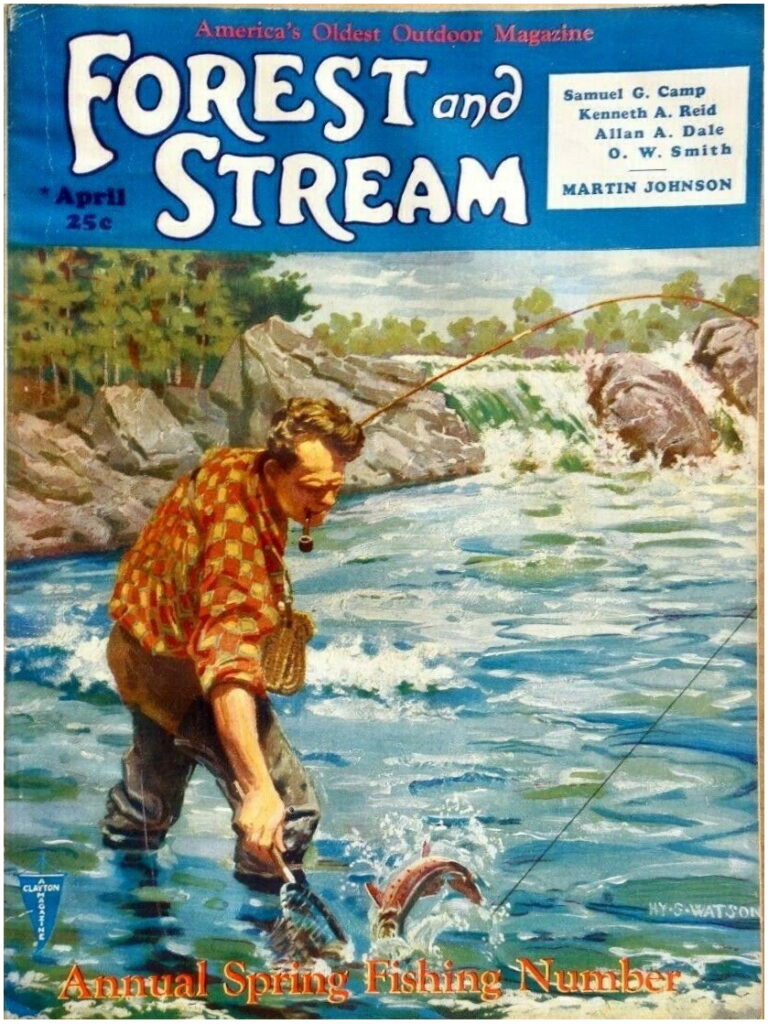
Forest and Stream uses articles and nonfiction stories on hunting, fishing, camping and kindred sports. Photographs suitable for illustrative purposes should accompany all manuscripts. Domestic material preferred, although some foreign big-game hunting stories are occasionally used. Manuscripts should run from 2500 to 3500 words and should be written in the first person. Articles should be of a practical nature and stories should be informative as well as entertaining.
The editor is Dr. William A. Bruette.
In a few years the Clayton Magazines increased in number to fourteen populars. Such a market varied in the type of material used has not failed to attract the best writers in the field. New writers invariably find a standard of much intrinsic worth in the Clayton rule of prompt readings, reports on manuscripts within two weeks, and a minimum payment of two cents a word on acceptance.